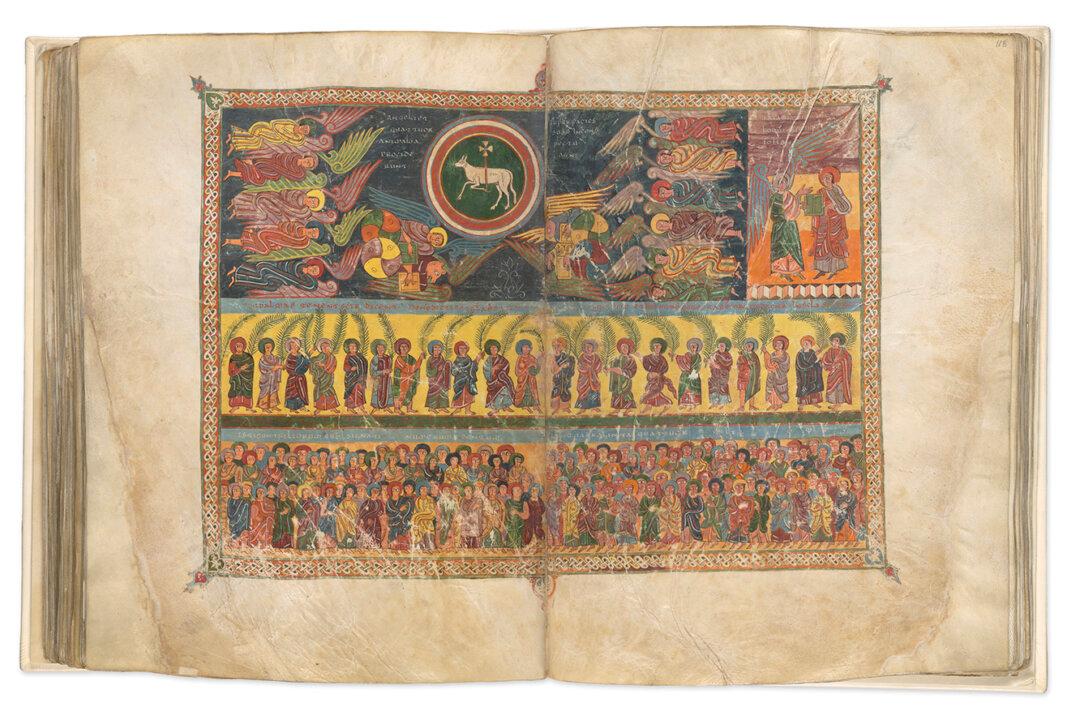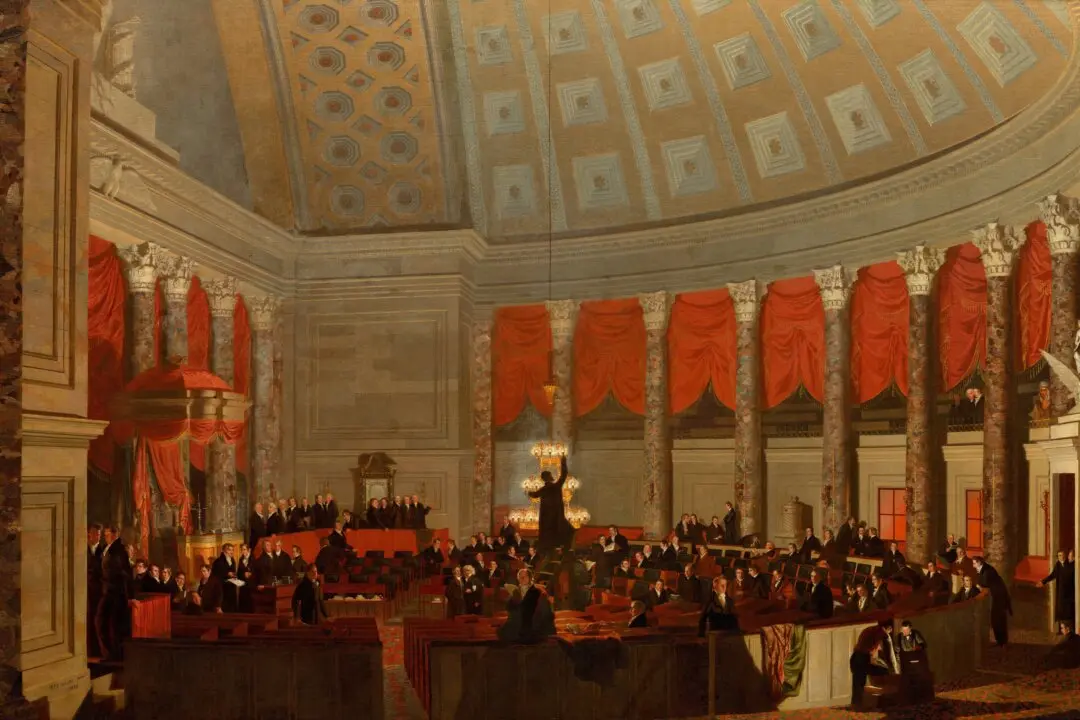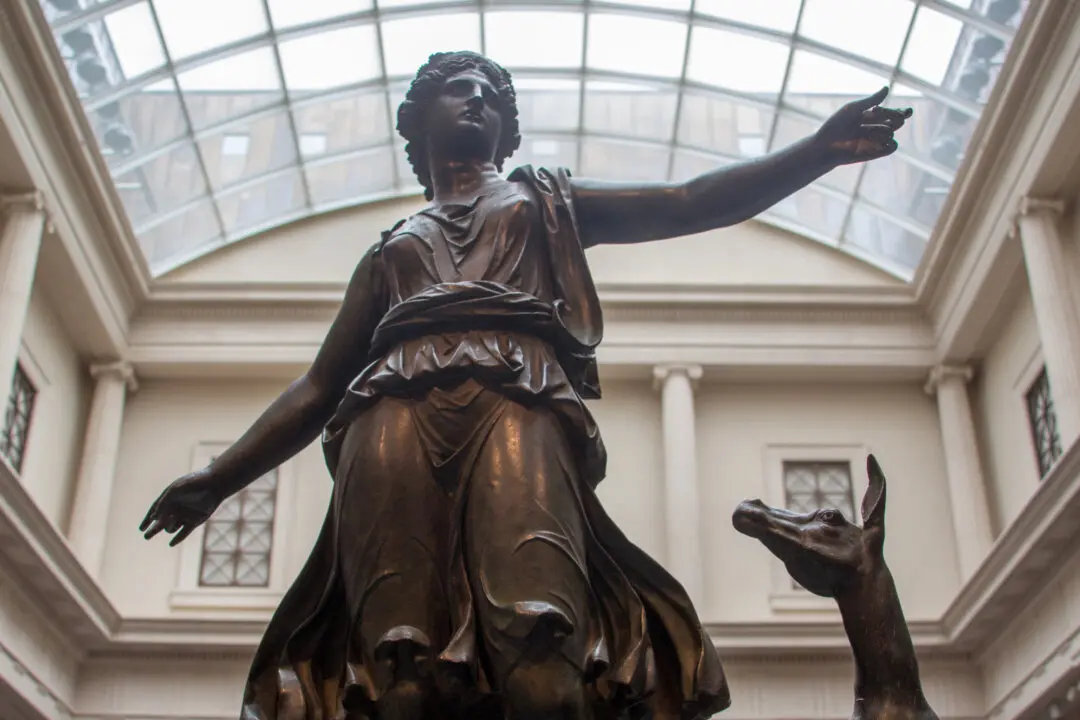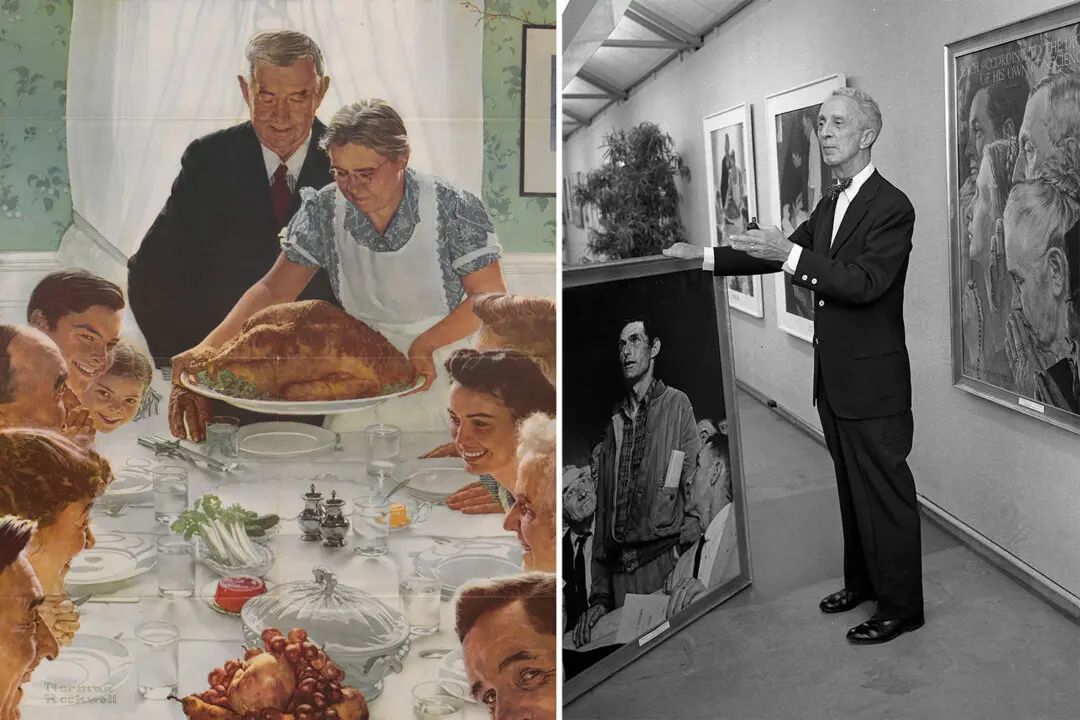The Morgan Library & Museum in New York City is renowned for its world-class collection of medieval illuminated manuscripts. The funds for amassing these works came from the banking and industrial fortunes of J.P. Morgan and, after his death, his son. But the mastermind behind the acquisitions was Belle da Costa Greene—a pioneering librarian in taste, knowledge, and biography.
Greene’s contribution to the museum is being celebrated in The Morgan’s special exhibition “Belle da Costa Greene: A Librarian’s Legacy,” on view through May 4. It marks the library’s centenary as a public institution, and a highlight of the show is the selection of superlative medieval manuscripts on display.





